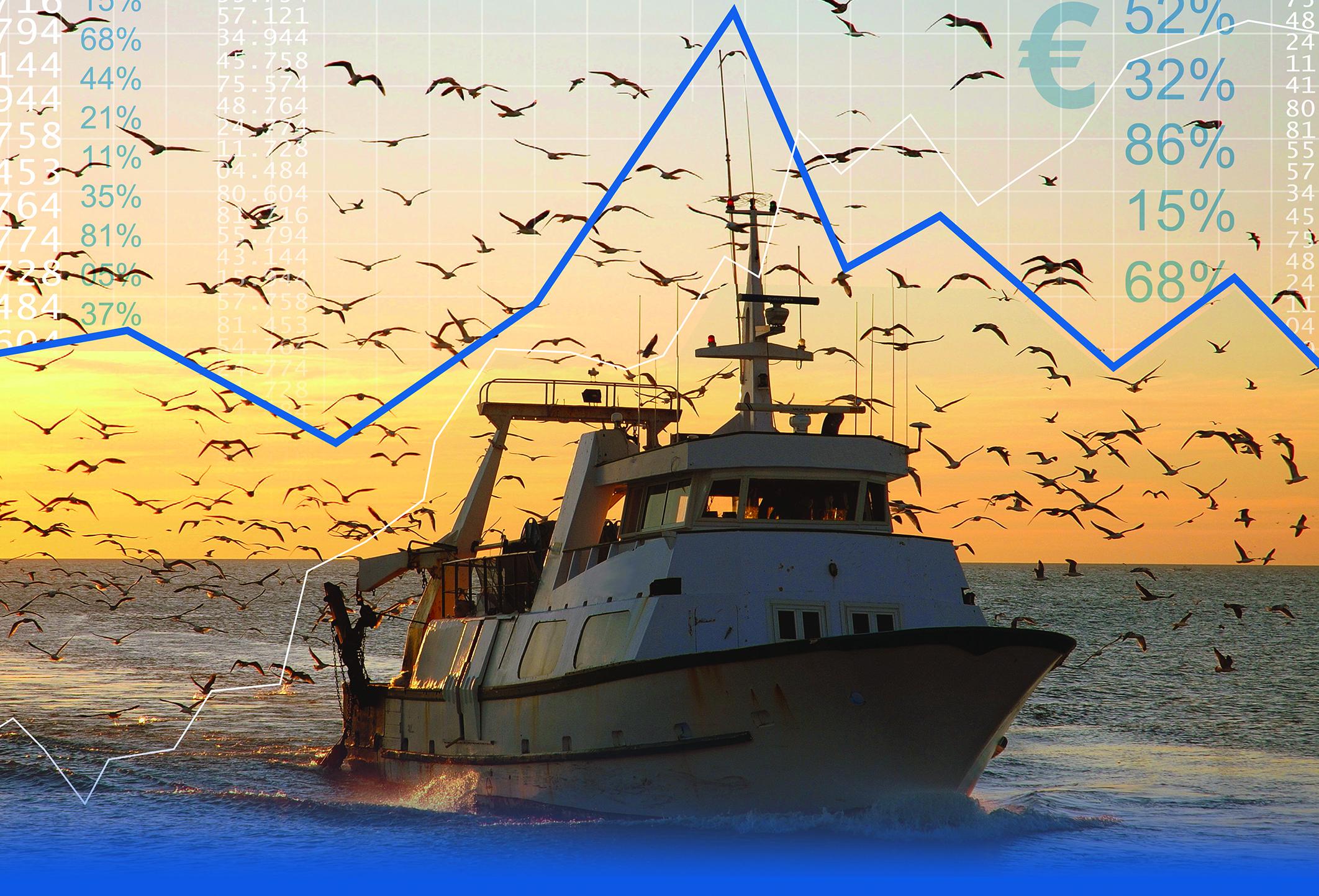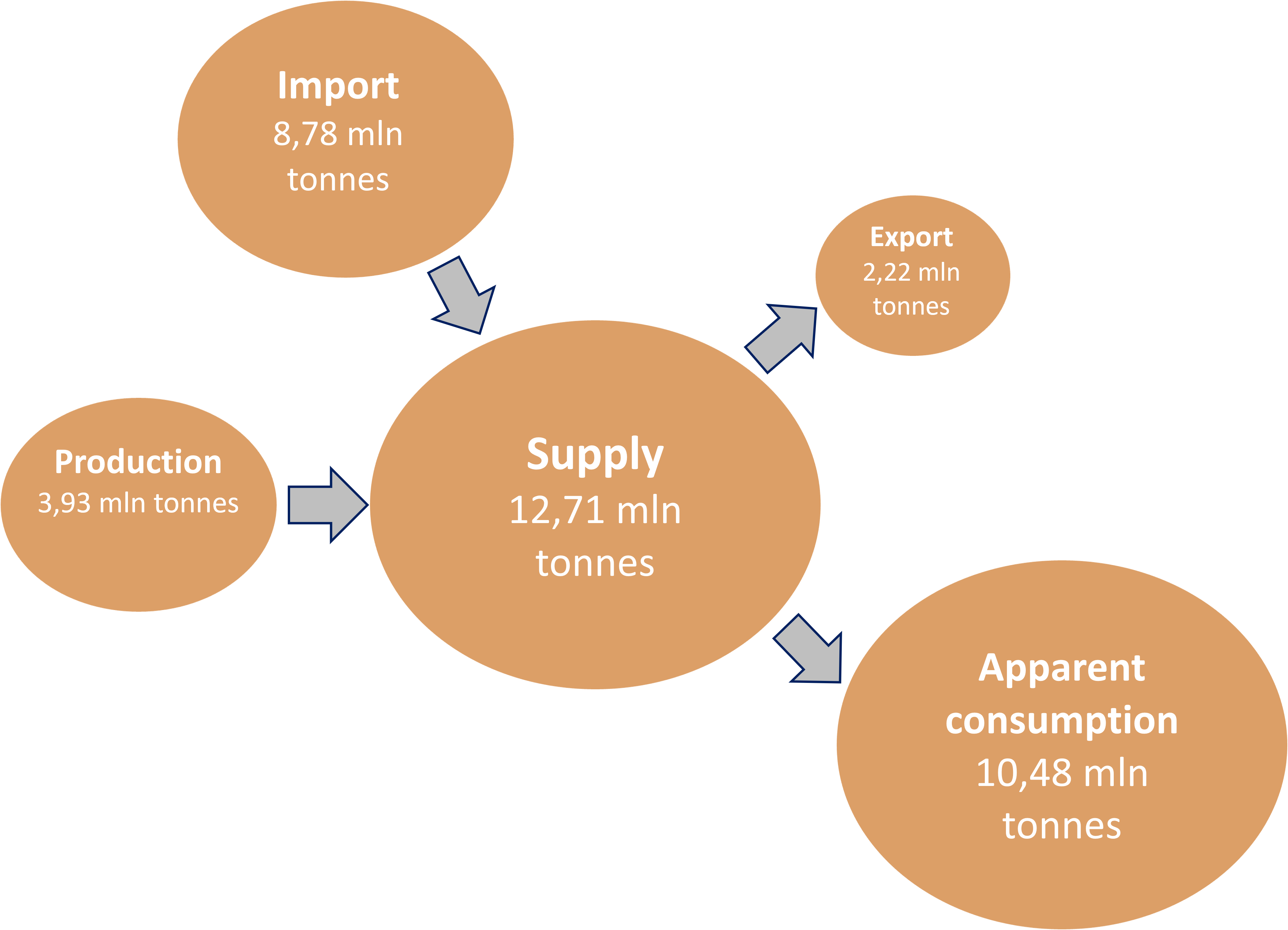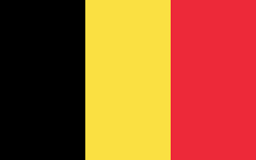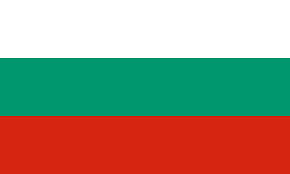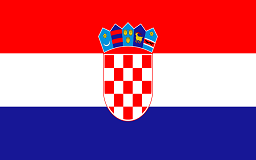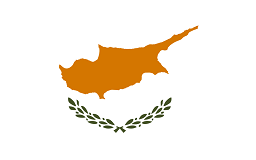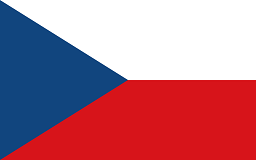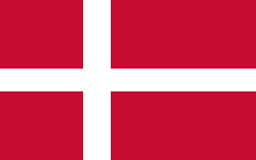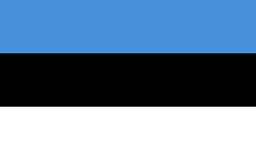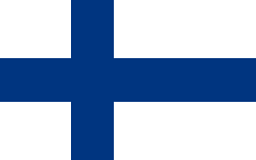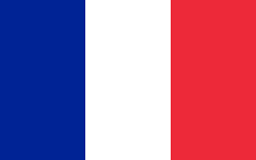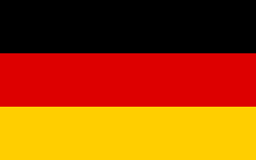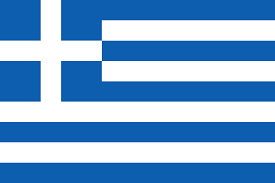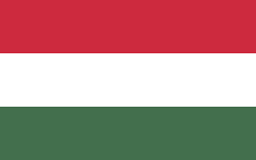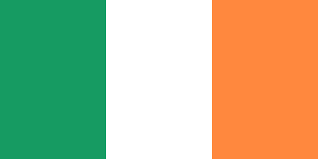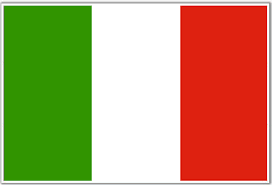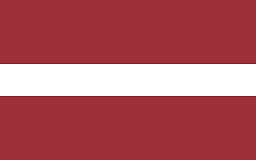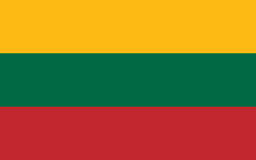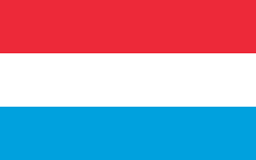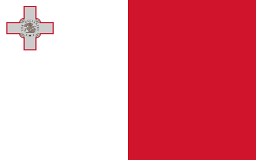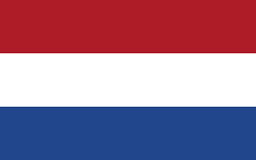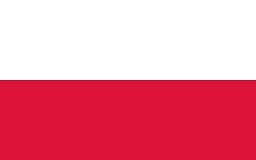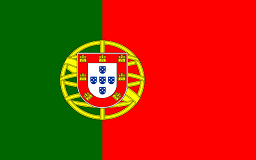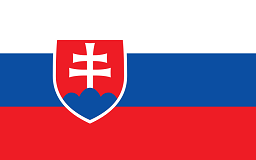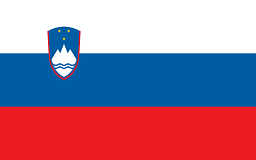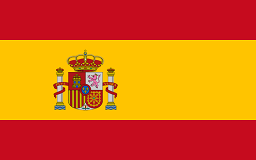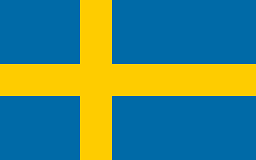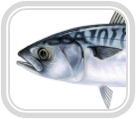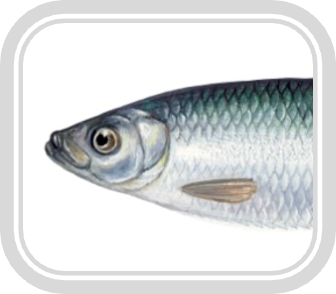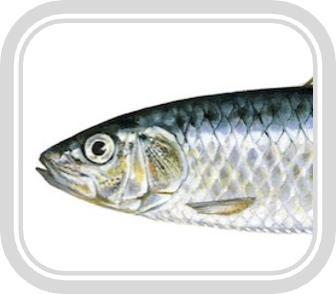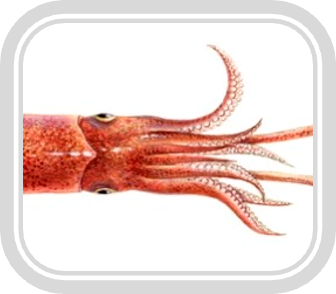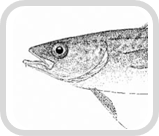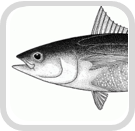The EU market overview
This section provides structural information and analyses of the whole European fisheries and aquaculture industry, at EU and Member State level, presented through dedicated "profiles". A list of useful links is also proposed.
Click on the buttons on the left for more details.
EU fish market
The EU is a major world market for fishery and aquaculture products: in 2022, apparent consumption was estimated at 10,48 million tonnes in live weight equivalent (LWE), corresponding to 23,51 kg LWE per capita. However, this varied greatly across the EU, from 54,54 kg LWE per capita in Portugal to 5,90 kg LWE per capita in Czechia.
In 2023, the annual expenditure for purchasing fish and seafood by EU households amounted to more than 138 euro per capita, which is one quarter of the amount spent for meat.
The main products consumed are tuna (mostly canned), salmon, cod, Alaska pollock, shrimps, mussel, hake and herring.
The internal demand of fishery and aquaculture products in the EU is mostly met through imports, as they cover around 70% of the total supply. Salmon, cod, tuna, Alaska pollock, fishmeal and shrimps are the most imported products. On the other hand, almost 20% of EU supply is exported. The main products exported are herring, mackerel, blue whiting, tuna, fishmeal and fish oil.
In 2022, the EU was the nineth largest producer of fishery and aquaculture products in the world, covering 2% of global production (4% for catches and less than 1% for aquaculture).
The Country profiles provide an analysis of the fisheries and aquaculture supply chain in each Member State of the European Union. Updated quantitative and qualitative data are reported, identifying main species landed, farmed and sold and main consumers’ attitudes within each country. Click the countries on the map or the names of the countries on the right to find out more.
The designations employed and the presentation of material on this map do not imply the expression of any opinion whatsoever on the part of the European Union concerning the legal status of any country, territory, city or area or of its authorities, or concerning the delimitation of its frontiers or boundaries.
The Species profiles provide main market information and data along the supply chain on the most important species for the EU market. Commercial designations, species description and other qualitative information are reported, along with updated data on production (fishery and aquaculture), trade and consumption.
Click on the species below to find out more.
This section contains useful links to European Commission's services and initiatives in the fishery and aquaculture. These links also provide useful data and information about the EU policies in the FAP sector.
Maritime Affairs and Fisheries
This website on maritime affairs and fisheries is managed by the European Commission (Directorate-General for Maritime Affairs and Fisheries). It provides the public, stakeholders and journalists with relevant, clear and up-to-date information on maritime affairs and the EU fisheries policy.
https://ec.europa.eu/info/departments/maritime-affairs-and-fisheries_en
European Fisheries Areas Network (FARNET)
The European Fisheries Areas Network (FARNET) brings together all fisheries areas supported by priority Axis 4 of the European Fisheries Fund (EFF).
https://webgate.ec.europa.eu/fpfis/cms/farnet/
European Atlas of the Seas
The European Atlas of the Seas is an easy and fun way for professionals, students and anyone interested to learn more about Europe's seas and coasts, their environment, related human activities and European policies.
https://ec.europa.eu/maritimeaffairs/atlas_en
Maritime Forum
The Maritime Forum aims to improve communication amongst EU maritime policy stakeholders. It allows parties interested in the EU maritime policy to communicate on a common platform.
https://webgate.ec.europa.eu/maritimeforum/
